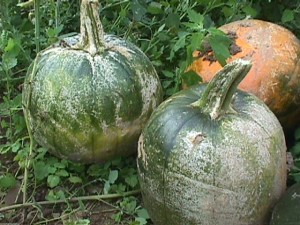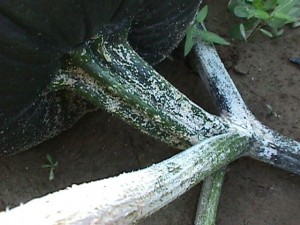North Jersey Commercial Vegetable Grower Meeting – Wednesday, February 26, 2020 8:30 am – 4:00 pm
North Jersey Commercial Fruit Grower Meeting – Wednesday, March 4, 2020 8:30 am – 4:00 pm
Hunterdon County Complex
314 State Route 12, Bldg #1
Flemington, NJ 08822
Detailed program and registration coming soon.
Contact Kim Crommelin (Rutgers Cooperative Extension – Hunterdon County) at 908-788-1338 or kfrey@co.hunterdon.nj.us


